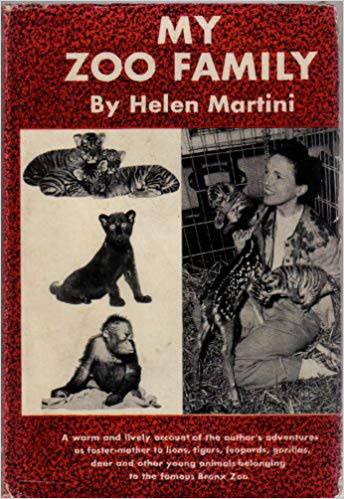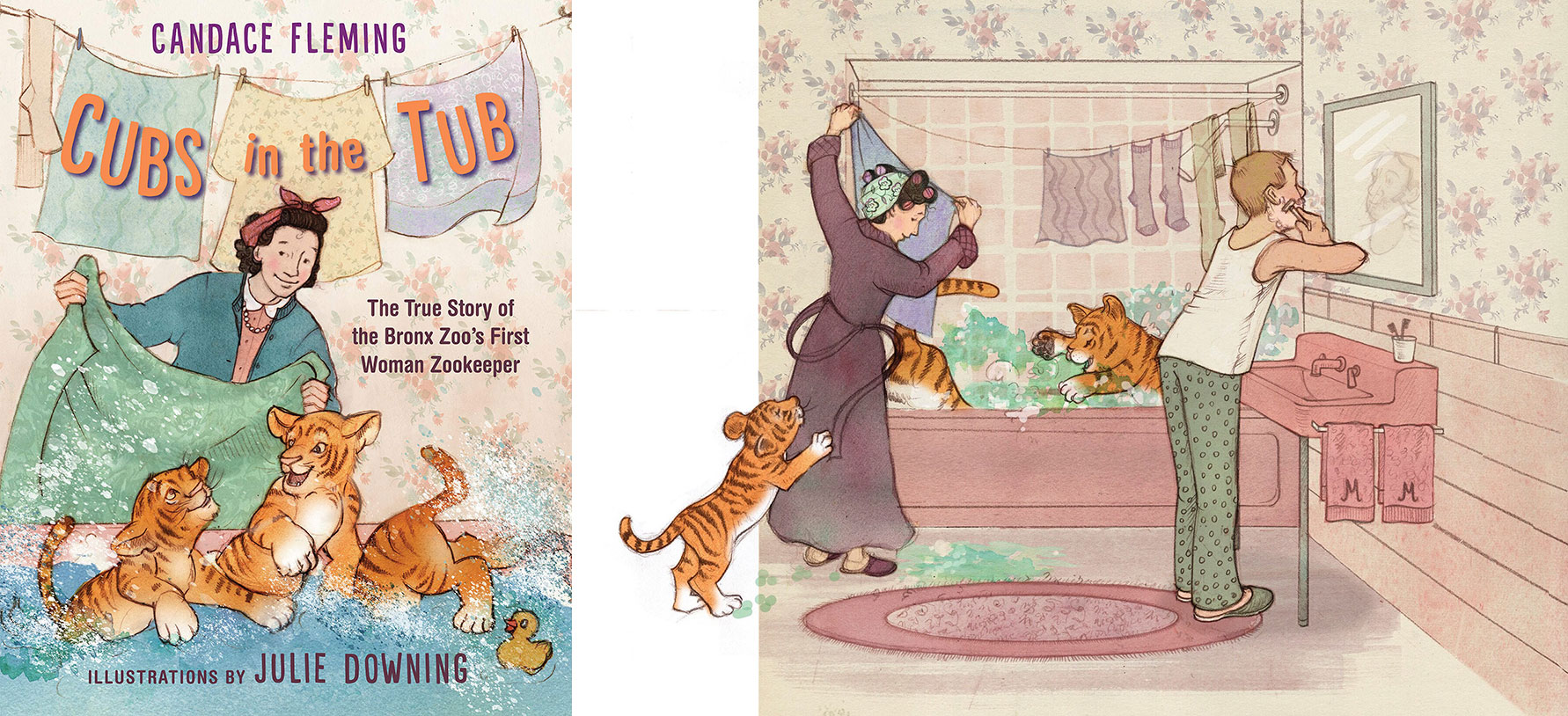The election of Kamala Harris as the first woman Vice President of the United States has had me both celebrating and thinking about women in history. It is cool that in the centennial year of women winning the right to vote, we elected a woman to this high office!
Though a little part of me is a tiny bit downhearted that this seems like a very long time coming, it doesn’t do any good to dwell on the past in this way. Better to look at the many great stories of ordinary and extraordinary women and help make them a part of our past, part of our present, and a part of our future.
Our Book Life guest Candace Fleming has written several titles that do just that, including Amelia Lost: The Life and Disappearance of Amelia Earhart; Our Eleanor: A Scrapbook Look at Eleanor Roosevelt's Remarkable Life; and Boxes for Katje.
Candace writes picture books, middle grade, and YA biographies and is the recipient of the Los Angeles Times Book Prize, and the Orbis Pictus Award, as well as the two-time recipient of the Boston Globe/Horn Book Award for Nonfiction, the ALA Sibert Honor, and SCBWI’s Golden Kite Award.
Her 2020 titles include The Rise and Fall of Charles Lindbergh; Honeybee: The Busy Life of Apis Mellifera; and one that will introduce us to another great woman in history, Cubs in the Tub: The True Story of the Bronx Zoo's First Woman Zookeeper. — Rachael Walker
November 16, 2020
Candace Fleming on the fascinating life of Helen Martini, the first woman zookeeper
by Candace Fleming

Last spring I visited an elementary school class that was studying the American Revolution. Each student chose a historical figure to write about. When the teacher asked if anyone had picked a woman, a little girl called out, “No! There were no women then.”
Even in 2020, this is what many kids — girls and boys — think: that women didn’t do anything significant enough to “make history.”
This, of course, is why we need books dedicated to the words and deeds of females. Knowing the challenges and achievements of all manner of women history makers, from the big names (I’m looking at you, Amelia Earhart) to the unsung heroes destroys the false notion that females are mere observers to history.
Enter Helen Martini, the subject of my new nonfiction picture book, Cubs In The Tub: The True Story of The Bronx Zoo’s First Woman Zookeeper. So unsung is Helen that I literally dug her life story out of a trash pile. It’s true.
I was poking around a junk store when I spied a beat-up copy of her autobiography, My Zoo Family, lying beneath a stack of slightly damp, mildew-speckled Life magazines. I opened the cover and discovered an astonishing woman, one I’d never heard of before.

Back in 1942, Helen and her husband Fred were living a traditional life in their Bronx apartment. Every day, Fred went to his job at the Bronx Zoo (he worked in the lion house) while Helen stayed home. They hoped to start a family. And they did, just not in the way they expected.
One night, Fred arrived home with three, newborn tiger cubs. Their mother had rejected them. In a time when zoos did not always know how to care for their animals, bringing the cubs home to Helen was Fred’s only option, and the cubs’ only chance. Using common sense and intuition, Helen raised the tigers in her one-bedroom apartment. They not only survived, but thrived.
When the Bronx Zoo required their return, Helen went with them because, she said, “they need me.” In truth, they did. Who else knew how to care for them?
But Helen wasn’t a zoo employee. And so she sneaked into the lion house and created a secret — yes, secret — nursery. Zoo officials eventually found her out. But rather than having her escorted off the premises, they recognized her skill and knowledge. They offered her the job of “animal nursery keeper.”
As Helen wrote, “Men ruled supreme in the zoo world. Caring for the animals had always been a man’s job. But I had sneaked in the back door.” She had — both literally and figuratively.

It’s delightful story. Who can resist the image of baby tigers splashing in a bathtub, chewing on boots or napping in a laundry basket? But beneath all the fun are some valuable messages:
- That change is often made quietly by chipping away at society’s restraints and influencing change. That’s what Helen did. With daring and cleverness, she subtly worked within the existing power structure. In the process, she carved out a space not just for herself, but also for all females by becoming the first woman zookeeper at the Bronx Zoo.
- That we all share a bond with the other creatures in the world. Helen was a helping hand for wildlife. Kids can be, too.
Of course, there aren’t too many opportunities to raise tiger cubs. But kids can be encouraged to support the animals in their neighborhoods animal. How about building a simple birdhouse, or feeder? Easy directions are provided by the National Audubon Society: How to Make a DIY Bird Feeder from Recycled Materials and Four Do-It-Yourself Birdfeeders.
Or what about helping those tiniest backyard creatures? Make a bee bath. It’s easier than planting flowers, and kids will make an instant connection between a bee’s needs and their own.
Are you wondering how modern zookeepers look after the animals in their care? Find out by watching this video from the San Diego Zoo. Compare the current methods with the pictures found in these real-life pictures of Helen and the cubs.
Not had enough tigers yet? Play the San Diego Zoo’s free game, Tiger Trail. Help guide your tiger through pitfalls and dangers to a protected preserve. It’s fun and educational.
I hope both kids and adults will delight in this true story. I hope it serves as both inspiration and empowerment. I hope readers will close the cover saying, “If she could, than I can.”
More about Candace Fleming
- Reading Rockets video interview
- Book a visit (virtual visits offered)
- Fleming’s official website



